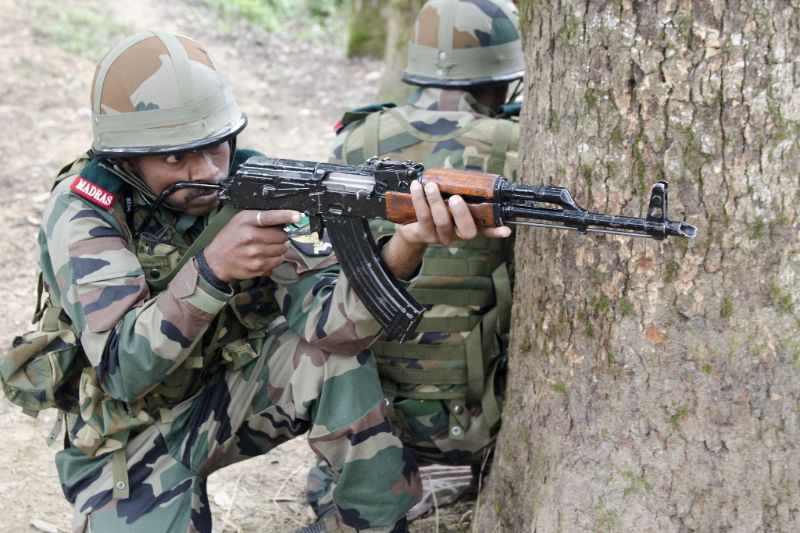
The armies of India and China have reached a ‘mutual consensus’ to disengage the forces in eastern Ladakh.
The decision was reached at the 11-hour meeting held between senior Indian and Chinese commanders in Moldo yesterday.

Discover B2B Marketing That Performs
Combine business intelligence and editorial excellence to reach engaged professionals across 36 leading media platforms.
The talks were held between Indian 14 Corps commander lieutenant general Harinder Singh and his Chinese counterpart.
An undisclosed source was quoted by PTI as saying: “There was a mutual consensus to disengage. Modalities for disengagement from all friction areas in eastern Ladakh were discussed and will be taken forward by both the sides.”
For the last six weeks, the two militaries have engaged in border tensions in several areas, including Pangong Tso, Galwan Valley and Gogra Hot Spring.
On 6 June, both sides agreed to gradual disengagement after the first round of talks.

US Tariffs are shifting - will you react or anticipate?
Don’t let policy changes catch you off guard. Stay proactive with real-time data and expert analysis.
By GlobalDataHowever, the situation along the 3,500km border deteriorated after clashes at Galwan Valley on 15 June resulted in the deaths of 20 Indian soldiers.
Following this, the Government of India provided the armed forces ‘full freedom’ to respond to any Chinese military action to protect the country.
Last week, the Indian Army deployed more troops to forward locations near the border.
The Indian Air Force (IAF) also positioned its Sukhoi 30 MKI, Jaguar, Mirage 2000 aircraft and Apache attack helicopters to airbases, including Leh and Srinagar.





